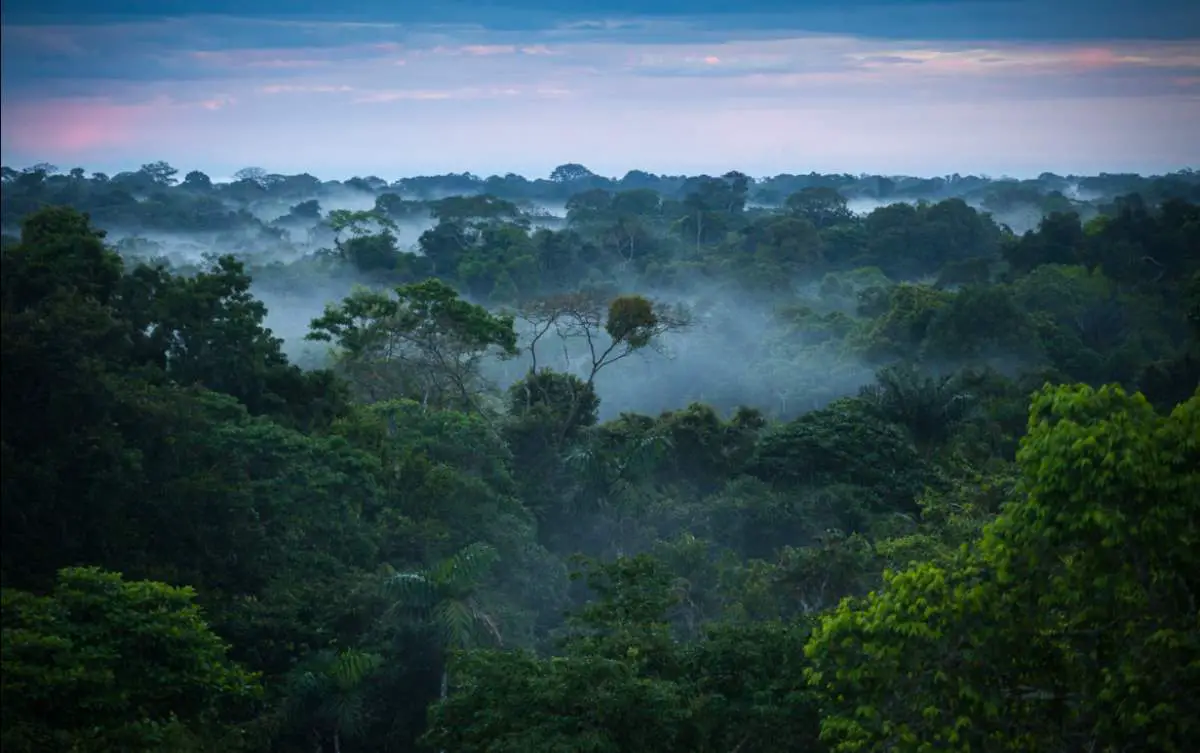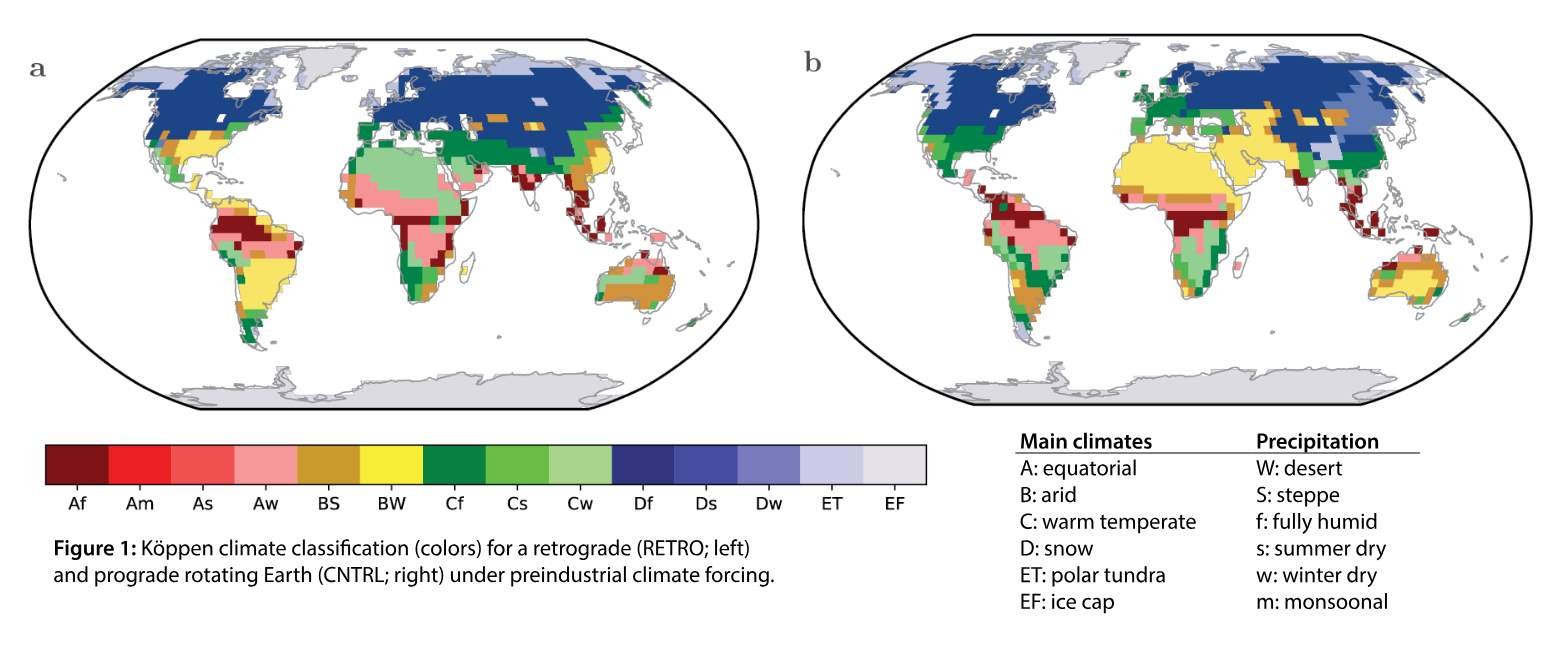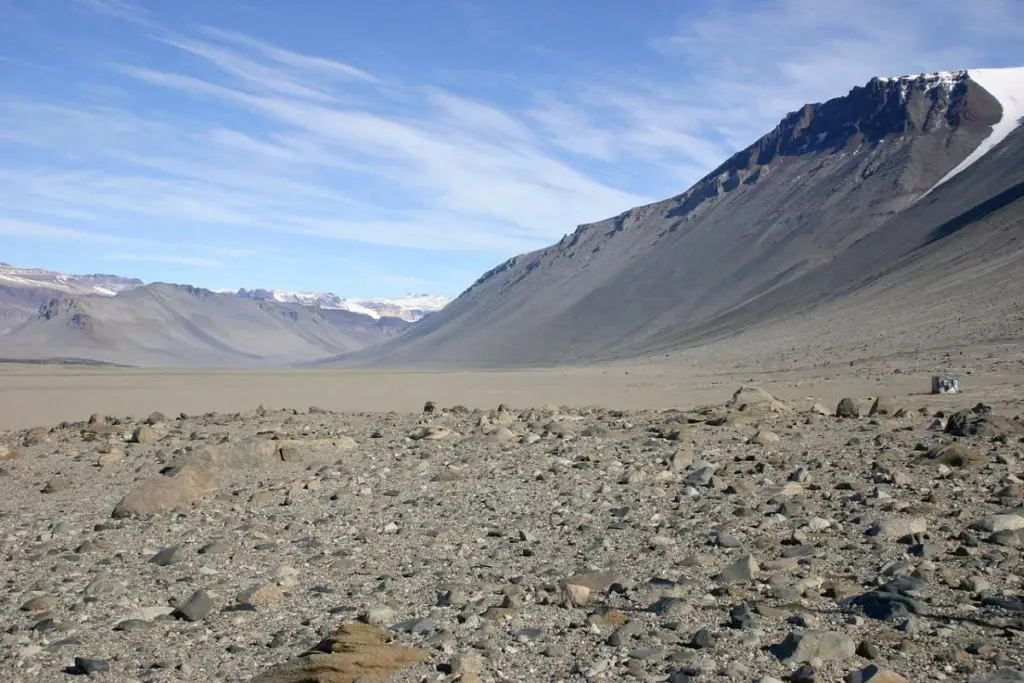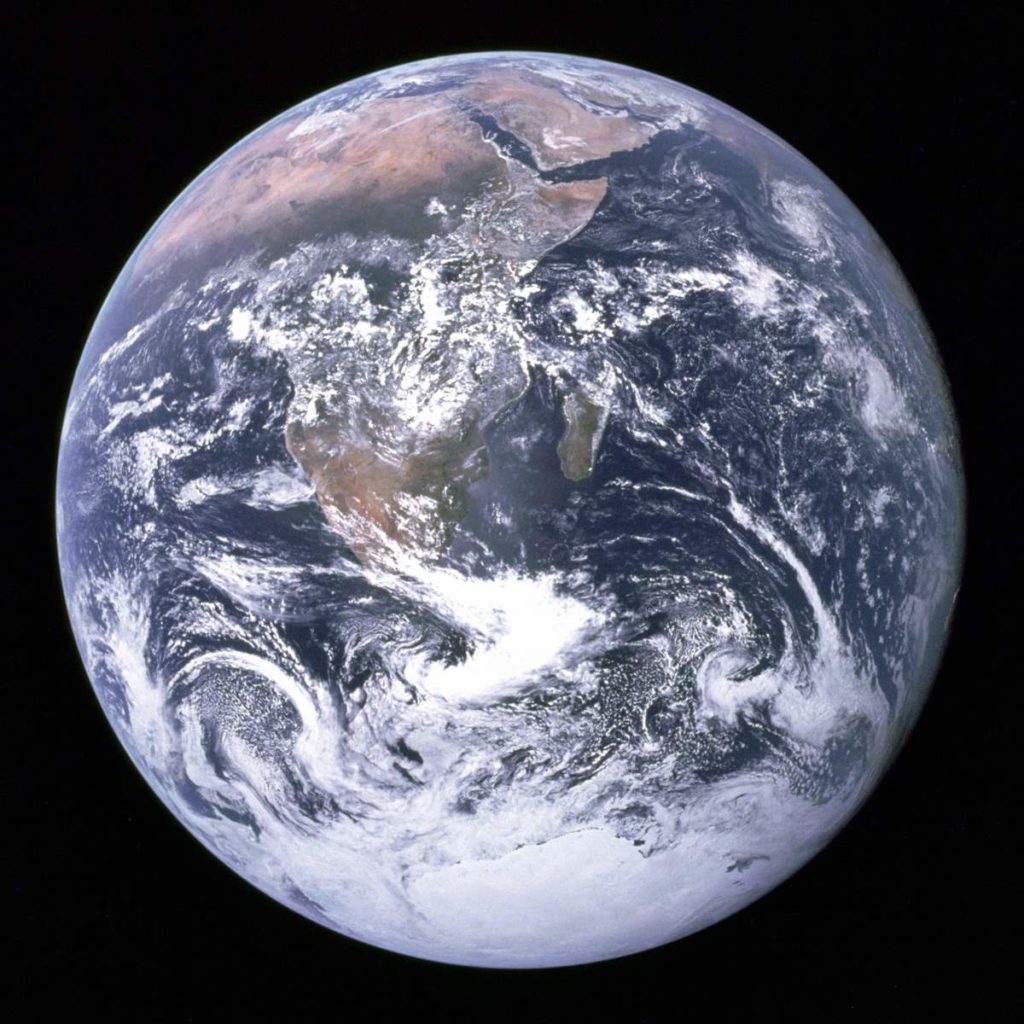The dynamics of the ocean and the atmosphere are strongly influenced by the Earth’s rotation. Currently, our planet rotates from west to east (prograde, which appears counterclockwise) with a linear velocity of 465.1013 m/s (1674.365 km/h or 1040.40 mph) at the equator. What would happen if the Earth started spinning backward (from east to west)?
If the Earth had zonally symmetric continents (and oceans) against the equator, one would expect a mirror image of our current climate on a retrograde rotating planet. But the continents and oceans are not zonally symmetric. So, the effects of reversing the Earth’s rotation are much less clear. In their study, researchers (see notes 1) addressed the changes resulting from a direction reversal in all components of the Earth system.
A slightly colder but much greener Earth
In principle, the global mean properties (i.e. average sea and land temperatures, sea ice coverage, total cloud cover, etc) not be directly affected by a reversal of the direction of rotation. But, according to researchers, feedback between different climatic processes can induce changes. Simulations show that if the Earth was spinning backward, the global mean temperature would only be 0.18 K below the current situation.
The biggest difference would be in the globally integrated desert area: the retrograde world would be much greener as the desert area shrinks from 42 Mio km2 (16.22 million square miles) to 31 Mio km2 (11.97 million square miles). Half of the former desert area is covered by woody vegetation, and the other half by grass. As a result, a backward-spinning Earth would store more carbon in its terrestrial vegetation.

Even more drastic changes affect climatic patterns. These changes can be grouped into changes directly following from the reversal of the Coriolis effect (see notes 7), like the reversal of atmospheric and oceanic circulation patterns, and changes that result from interactions in the climate system. The most prominent of the latter is a reorganization of the intertropical convergence zone (ITCZ), a shift of the deep water formation from the North Atlantic to the North Pacific, drastic changes in the phytoplankton species composition in the Indian Ocean, and a relocation of the deserts.
Shifting Deserts
In a retrograde world, the desert area not only gets smaller, but the deserts also vanish from some continents and appear in others. For example, the Sahara, currently the hottest desert on Earth, would have a much humid climate, and as a result, would be covered by forests and grass. Instead, Southern Brazil and Argentina would become the Earth’s biggest deserts. Similarly, the Southern states of the United States would see a dramatic climate shift from a fully humid climate towards complete aridification.
But, overall, the complete desert area would shrink, as mentioned above, and extreme deserts, like today’s Sahara, would be much less spread.

Related: Top 10 driest places on Earth

Temperature Changes
The consequence of reversing the rotating direction of Earth is also a reversal in the wind patterns. As a result, the continents and subtropics and mid-latitudes become colder on their western and warmer on their eastern margins. Combined with the changes in the ocean currents (for example, Gulf Stream, see the next paragraph), Northwest Europe would experience much cooler winters (more than 20 K).
Similar to the winds, the ocean gyres would reverse their directions and the western boundary currents like the Gulf Stream shift to the eastern sides of the ocean basins. In the subtropics, this leads to a general warming on the eastern sides of the oceans and a cooling on the western sides. The Indian Ocean takes over the role of the tropical east Pacific with strong upwelling of cold subsurface water and a strong surface cooling.
Monsoon systems
The reversed rotation of the Earth is accompanied by a strong reorganization of the Intertropical Convergence Zone (ITCZ). ITCZ is is the area encircling Earth near the Equator, where the northeast and southeast trade winds converge. Today, the strongest precipitation is centered in and around the warm-pool Asia-Australia monsoon complex. But, according to the simulations, it would shift to a more tripolar structure with centers of action in the eastern tropical Atlantic, the central Pacific, and a monsoon region centered in the Middle East in RETRO.
Notes
- Researchers: Florian Ziemen (see notes 2), Marie Kapsch (see notes 2), Uwe Mikolajewicz (see notes 2), Klaus Fraedrich (see notes 2, 4), Alexander Lemburg (see notes 2, 3), Thorsten Mauritsen (see notes 2), Katharina Meraner (see notes 2), Niklas Röber (see notes 5), Hauke Schmidt (see notes 2), Katharina Six (see notes 2), Talia Tamarin-Brodsky (see notes 6), Alexander Winkler (see notes 2, 3), Xiuhua Zhu (see notes 4), and Bjorn Stevens (see notes 2).
- Max Planck Institute for Meteorology, Hamburg
- International Max Planck Research School on Earth System Modeling, Hamburg
- Meteorological Institute, University of Hamburg
- German Climate Computing Center, Hamburg
- Department of Meteorology, University of Reading, UK
- In physics, the Coriolis force is an inertial force that acts on objects that are in motion relative to a rotating reference frame. In a reference frame with clockwise rotation, the force acts to the left of the motion of the object. In one with anticlockwise (or counterclockwise) rotation, the force acts to the right. The deflection of an object due to the Coriolis force is called the Coriolis effect. Though recognized previously by others, the mathematical expression for the Coriolis force appeared in an 1835 paper by French mathematician, mechanical engineer, and scientist Gaspard-Gustave de Coriolis (21 May 1792 – 19 September 1843), in connection with the theory of water wheels. Early in the 20th century, the term Coriolis force began to be used in connection with meteorology.
- Köppen climate classification is one of the most widely used climate classification systems. It was first published by Russian German climatologist Wladimir Köppen in 1884. The Köppen climate classification scheme divides climates into five main climate groups: A (tropical), B (dry), C (temperate), D (continental), and E (polar). The second letter indicates the seasonal precipitation type, while the third letter indicates the level of heat. A third letter can be included to indicate temperature. See the Köppen climate classification scheme symbols descriptions below.
Köppen climate classification scheme symbols descriptions
A (Tropical)
Second letters: f (Rainforest), m (Monsoon), w (Savanna, Wet), s (Savanna, Dry)
Combinations:
- Af = Tropical rainforest climate
- Am = Tropical monsoon climate
- Aw or As = Tropical wet and dry or savanna climate
B (Arid)
Second letters: W (Desert), S (Steppe)
Third letters: h (Hot), k (Cold), n (With frequent fog)
Combinations:
- BWh = Hot desert climate
- BWk = Cold desert climate
- BWn = Desert climate with frequent fog
- BSh = Hot semi-arid climate
- BSk = Cold semi-arid climate
- BSn = Semi-arid climate with frequent fog

C (Temperate)
Second letters: s (Dry summer), w (Dry winter), f (Without dry season)
Third letters: a (Hot summer), b (Warm summer), c (Cold summer)
Combinations:
- Cfa = Temperate rainy climate
- Cfb = Temperate oceanic climate
- Cfc = Subpolar oceanic climate
- Cwa = Monsoon-influenced humid subtropical climate
- Cwb = Subtropical highland climate or Monsoon-influenced temperate oceanic climate
- Cwc = Cold subtropical highland climate or Monsoon-influenced subpolar oceanic climate
- Csa = Hot-summer Mediterranean climate
- Csb = Warm-summer Mediterranean climate
- Csc = Cool-summer Mediterranean climate
D (Cold (continental))
Second letters: s (Dry summer), w (Dry winter), f (Without dry season)
Third letters: a (Hot summer), b (Warm summer), c (Cold summer), d (Very cold winter)
Combinations:
- Dfa = Hot-summer humid continental climate
- Dfb = Warm-summer humid continental climate
- Dfc = Subarctic climate without dry season
- Dfd = Extremely cold subarctic climate without dry season
- Dwa = Monsoon-influenced hot-summer humid continental climate
- Dwb = Monsoon-influenced warm-summer humid continental climate
- Dwc = Monsoon-influenced subarctic climate
- Dwd = Monsoon-influenced extremely cold subarctic climate
- Dsa = Mediterranean-influenced hot-summer humid continental climate
- Dsb = Mediterranean-influenced warm-summer humid continental climate
- Dsc = subarctic climate with dry summers
- Dsd = extremely cold, subarctic climate with dry summers

E: Polar and alpine (montane) climates
Second letters: T (Tundra), F (Eternal winter (ice cap))
Combinations:
- ET = Tundra climate
- EF = Ice cap climate; eternal winter, with all 12 months of the year with average temperatures below 0 °C (32 °F).
Sources
- “What If Earth Started Spinning Backward?” on Live Science
- “Climate Features of a Retrograde Rotating Earth”, the poster prepared using the results of a computer simulation presented in early April at the annual European Geosciences Union General Assembly 2018 in Austria
- “Project Retrograde – imagine Earth rotated in the opposite direction” on Max Planck Institute for Meteorology website
- Coriolis force on Wikipedia
- Köppen climate classification on Wikipedia
- Intertropical Convergence Zone on Wikipedia
- The Largest Elephant Ever Recorded : Henry - October 13, 2024
- All Moons in Our Solar System [2024 Update] - September 17, 2024
- Budget of NASA, Year by Year [1980-1989] - June 10, 2024

